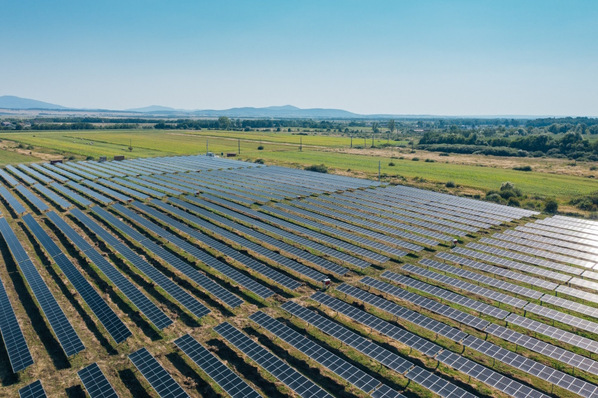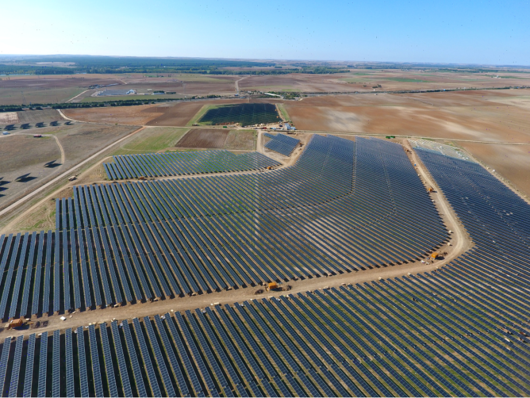Mr Yaman, last year Germany and Europe achieved record growth in photovoltaics. How do you see the market developing this year?
Predicting future market developments with certainty is very challenging, but considering the increasing emphasis on renewable energy and the decreasing costs of our technology, it is likely that the market will continue to grow. Still factors such as government policies (European wide and national policies), technological improvements and customer demand will play significant roles in shaping the trajectory of the pv market in Germany and Europe this year.
Do you expect the price rally to turn downwards again and supply chain problems to become an issue again due to several global conflicts such as the threat to shipping traffic from the Red Sea?
It is possible that the various global conflicts and disruptions, such as threats to shipping traffic from the Red Sea, could impact supply chains for PV and potentially led to price volatility. However, the extent of this impact would depend on several factors, including the duration and severity of the conflicts, the resilience of supply chains and efforts to mitigate disruptions. It is essential for businesses and stakeholders on the pv industry to closely monitor geopolitical developments and adapt their strategies accordingly to navigate potential challenges.
In some discussions, Chinese module manufacturers are accused of flooding the European market with dumping prices, also in order to push unwelcome potential European competitors against the wall.What do you think of this argument?
Accusations of dumping prices by Chinese photovoltaic modules manufacturers in the EU-market have been a topic of debate for long time. While it is true that modules from Asia have been able to offer very competitive prices due to factors such as economies of scale, availability of raw materials, wider supply chain infrastructure in Asia (hundred thousands of supplier, such as solarglas, junction box, backsheet, etc. are located in Asia) and governmental support (policies, tenders). Thats why China has become the largest pv market ever in the world. Attributing their market presence solely to dumping practices may oversimplify the situation. There are multiple factors at play, including differences in production costs, trade policies and market dynamics.
Back to the PV market development: What business strategy are you pursuing in Germany and Europe?
Our strategies are like this: 1. Innovation and differentiation: We are investing steadily in research and development to create innovative photovoltaic modules and offer unique value propositions compared to others. 2. Market penetrating: We are expanding our market shares by targeting specific customer segments and entering new geographic regions within Europe. 3. Sustainability and branding: emphasizing sustainability and environmental responsibility in product messaging and branding to appeal to eco-conscious consumers and and businesses.
The interview was conducted by Hans-Christoph Neidlein








